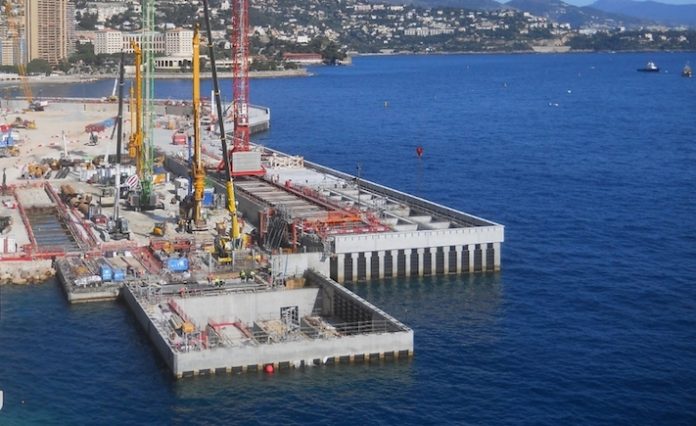AT the end of the Nigerian Civil War in January 1970, the Federal Military Government unveiled a five-year National Development Plan whose major thrust was a methodical reconstruction and rehabilitation of the economy devastated by the war. The second such plan, it aimed to build a chain of seaports across Nigeria’s 853-kilometre coastline to expedite the logistics challenge of post-war reconstruction.
From just Apapa Port inherited at the point of Independence, the plan involved the construction of additional ports in Lagos while new ones were planned to cover the entire coastline. Among ports were the ones sited in Warri, Sapele, Koko and Burutu in addition to the ones in Port Harcourt, Calabar and Onne.
However, despite the elaborate plan and timely completion of the new ports, ship and cargo congestion became a recurring feature of the Lagos ports of Apapa, Tin Can Island, Container Terminal and RoRoPorts. While humongous money was lost through demurrage on ships and cargoes that piled up, the Delta ports progressively declined in patronage as cargo vessels considered the 109 kilometres estuary too shallow and inclement.
At the time of their construction, their advertised draught could accommodate different range of vessels. While the Old Warri Port had a maximum draught of 6.7 metres, that of New Warri Port had draught of up to 11.50 metres, comparing even favourably with Lagos ports which have 10.50 metres draught. The ports in Sapele and Koko had draught of 6.40 metres and 7.32 metres, respectively.
These are the depths advertised at the time of their completion. However, to sustain the draughts, the channels leading to the ports had to be regularly dredged as being estuary ports; they are prone to high rate of siltation. Unfortunately, while the channels leading to Lagos ports were regularly dredged, those of Delta ports were abandoned. It is such that after years of abandonment, the draughts are considerably less than what they were at the time of coming on stream. Consequently, the patronage of the ports that were supposed to enjoy similar levels of patronage as Lagos ports has been abysmal.
Recently, the Governor of Delta State, Rt. Hon. Sheriff Oborevwori, received a delegation of the Nigerian Ports Authority (NPA) in his office in Asaba led by its board chairman, Senator Adedayo Adeleye, alongside the Managing Director, Dr. Abubakar Dantsoho. Governor Oborevwori reminded the delegation of the illogical state of Delta ports. He said the four ports can unlock the full economic potentials of Delta as Nigeria’s maritime hub.
Oborevwori stressed that the revitalization of the ports would create jobs, attract investments, and boost national revenue, saying that “if these ports are revived, they will create massive employment, stimulate trade, and strengthen the economy of Delta and Nigeria. It is often more impactful to modernize existing ports than to build new ones”.
Indeed, at the time of conceptualisation of Delta ports, that of New Warri Port was built to provide all the services available at the Apapa Port and RoRo Port. Altogether, the Delta Ports Complex have 32 conventional berths for hard quays and midstream operations as well as handling ocean going vessels. Some of the quays also provide dry bulk and roll-on-roll-off (RoRo) operations.
Governor Oborevworirecognises the fact that the Delta Ports Complex was designed to service the catchment areas of Kogi, Abuja, Kaduna, Jigawa, Kano, Katsina, Benue, Plateau, Bauchi and Yobe states as well as the business hubs in the entire south east and south south states.
The business opportunities inherent in reactivating Delta ports are limitless and it makes the neglect of the ports economically and administratively illogical.
The management of Nigeria’s ports is on the exclusive list, making it the sole responsibility of the federal government.
The only challenge is the prolonged neglect of the dredging of the channels to the ports which has considerably reduced the advertised draught. Regular maintenance dredging is imperative for the 109-kilometre channel to remain navigable. The other challenge is the Escravos bar, which can be resolved also with regular dredging.
We join Governor Oborevwori in urging the NPA and the federal government to initiate measures to reactivate Delta ports. The benefits go beyond generating revenue and creating employment. The business community will be greatly impacted. The cost of moving import and export cargoes from the north east, Middle Belt, south east and the south south states will be significantly reduced when users of shipping services no longer have to compulsorily use Lagos ports that are prone to congestion in addition to the extra cost incurred through the longer distance.


